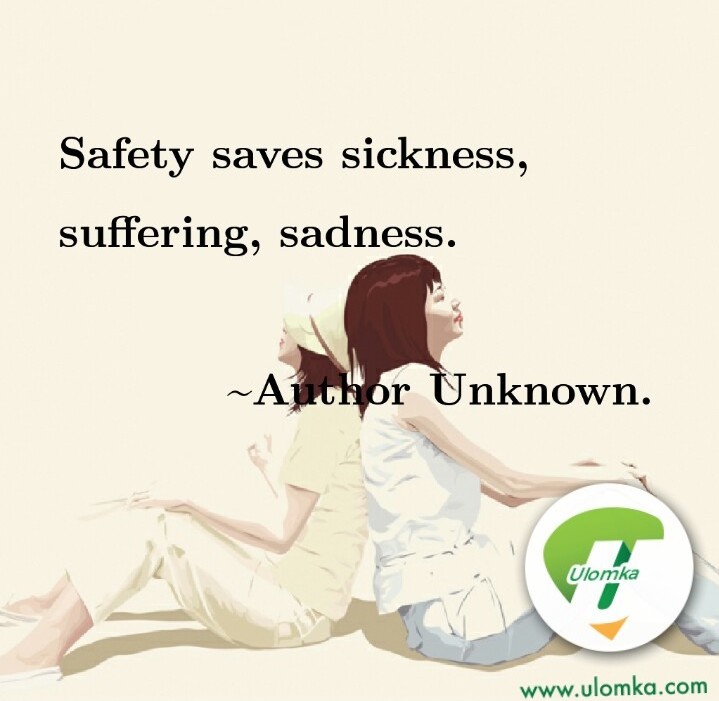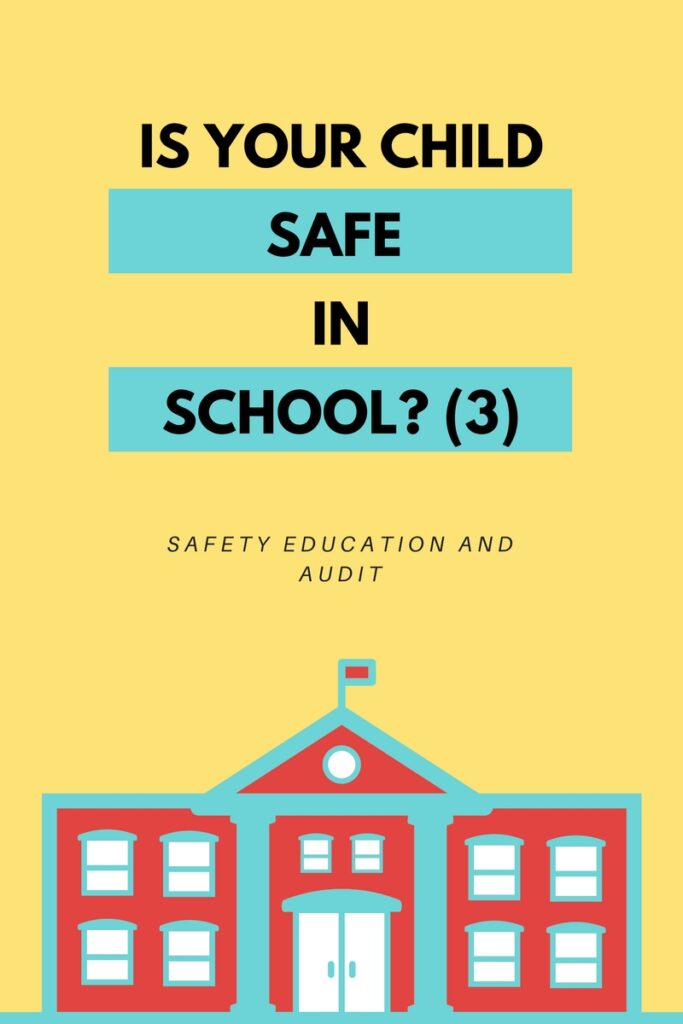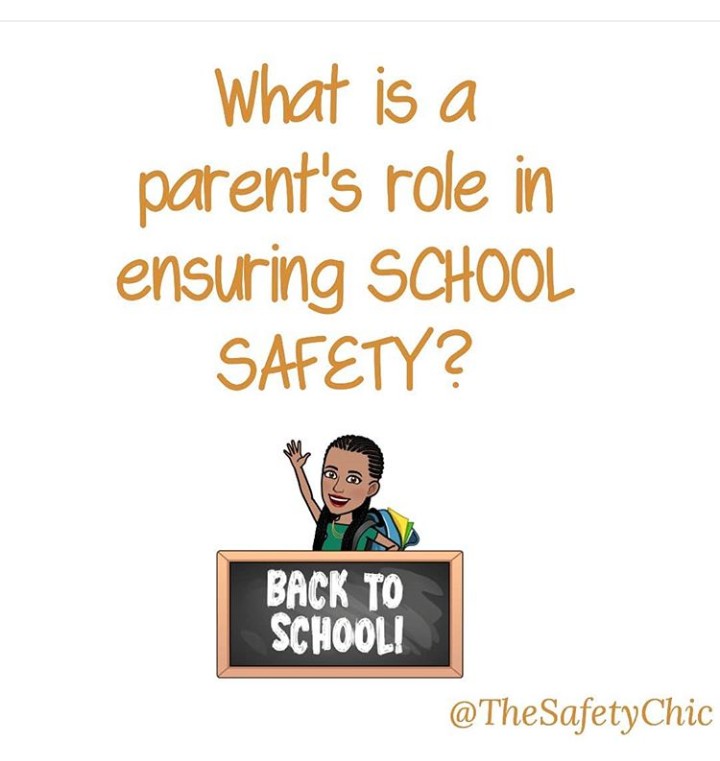Most of the habits taken into adulthood are things we learned in childhood either positive or negative. This means if we make a conscious effort today to ingrain safety knowledge in our children, we will end up grooming safety conscious adults. The advantage of this is whether they become employers or employees tomorrow, they will ensure health and safety is a part of everyday activities. We would then have created a safer place for our collective future.
Being proactive in child safety is not just about creating a safe environment but also investing in safety education for children and young people. Books, training, games and simulations are ways to consciously input health and safety consciousness in the minds of growing children. We may not always be with the children but knowledge and habits formed will remain with them. This will be the difference between a child who escapes an abduction scenario, who avoids a fire incident, who acts in a medical situation and another who has no knowledge of these things. Where else can we do this if not in schools where they spend considerable length of time?
School teachers, care givers and security personnel also need training on situational awareness to enable them do a good job when children are in their care. These are the people most likely to be around when emergency situations occur. Wouldn’t you prefer a Staff that knows what to do than one waiting to be told what to do? Bearing in mind that time is of the essence in emergency situations. Capacity building should therefore never be underestimated as the right knowledge is power.

How well is the school your child attends performing? You can play your part by encouraging schools to undertake a safety audit. Safety audits present an actual picture of how well a school is performing against set safety standards. There are existing requirements of what would make a school safer than the next one. It’s never too late to start building a safety culture. Engage the services of a professional to help you navigate these waters. It is necessary to have the right policies and procedures that will ensure the safety of children at ALL times. Risk assessments would also be necessary because even though all schools might share similar risks certain factors not limited to location, population, building structure, type of school could change the dynamics of things.

Won’t you rather we have safe schools to protect our kids?
Join us at the #SchoolSafetySummit, let’s chart the course of safety for the Nigerian child. Register here https://tinyurl.com/kjmche7 to join the movement.



